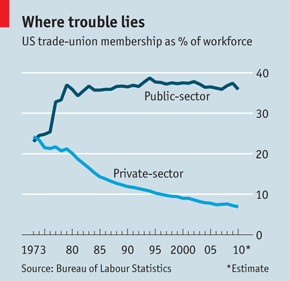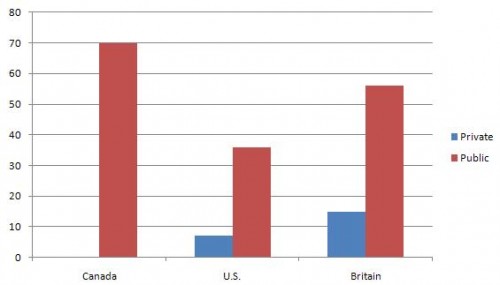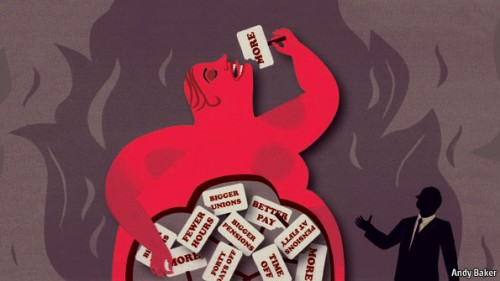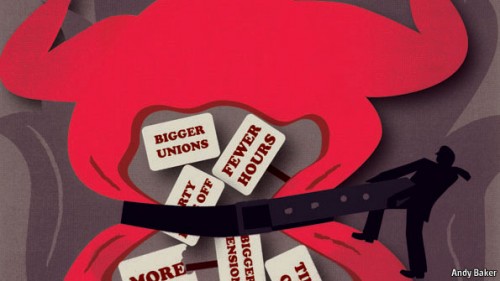
Sam J. and Elizabeth H. sent in these commercials for the Toyota Highlander. In both an (ungrateful brat of a) son explains that parents who don’t drive the Highlander — all of which, inexplicably, drive wooden-sided station wagons or minivans — are “lame” “geek[s]” who ooze “dorkiness” and are “utterly humiliat[ed].” Somehow the words seem to distract from the real message: if you’re too poor to buy a brand new mid-range SUV, you suck.
Lisa Wade, PhD is an Associate Professor at Tulane University. She is the author of American Hookup, a book about college sexual culture; a textbook about gender; and a forthcoming introductory text: Terrible Magnificent Sociology. You can follow her on Twitter and Instagram.









